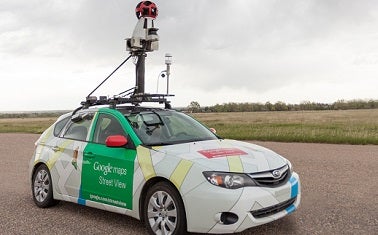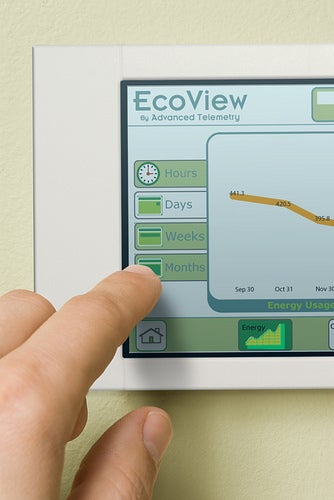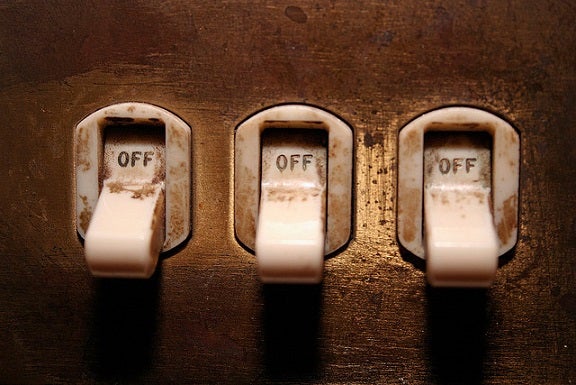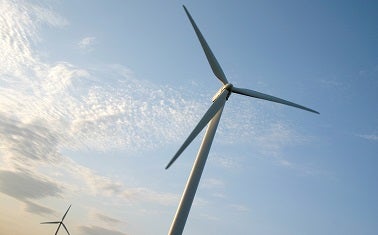Not so long ago, people who worried about pollution in their local environment had few options. Getting answers required hands-on testing by trained experts with specialized equipment, or finding and sifting through scarce, hard-to-come-by data.
Today all of that is changing. A convergence of tech trends – inexpensive sensors, cloud computing and data analysis, and social media – is transforming environmental protection by giving people and organizations like Environmental Defense Fund the ability to collect and analyze huge amounts of information, then publish results for all to see.
Three cars, 15 million readings
We launched one of these powerful projects today.
Thanks to a partnership with Google Earth Outreach, EDF has mapped thousands of natural gas leaks beneath three American cities – Boston, Indianapolis, and New York City’s borough of Staten Island. Using three of the company’s famous Street View cars equipped with special sensors, we gathered millions of individual readings over thousands of miles of neighborhood streets.
The maps are available now, with many more to come. Read More















